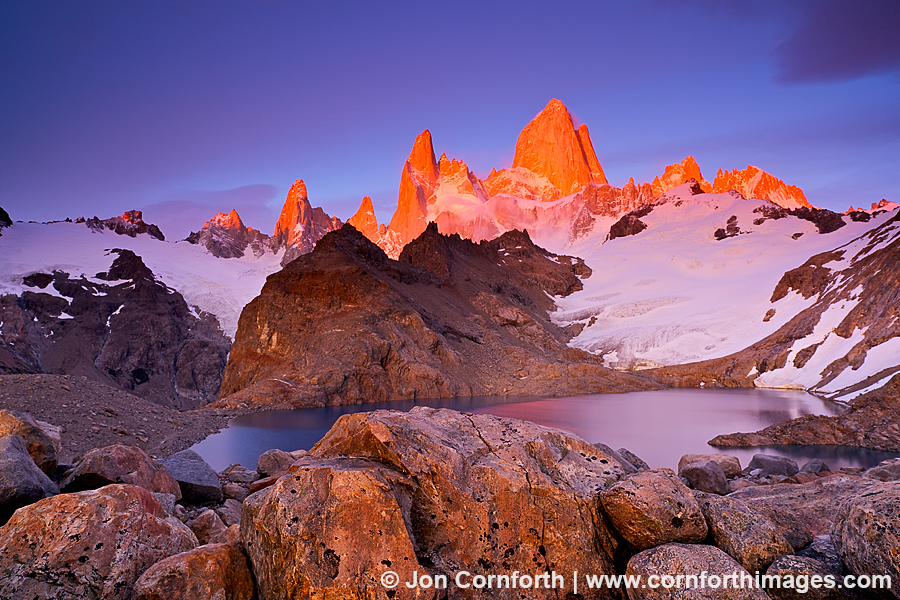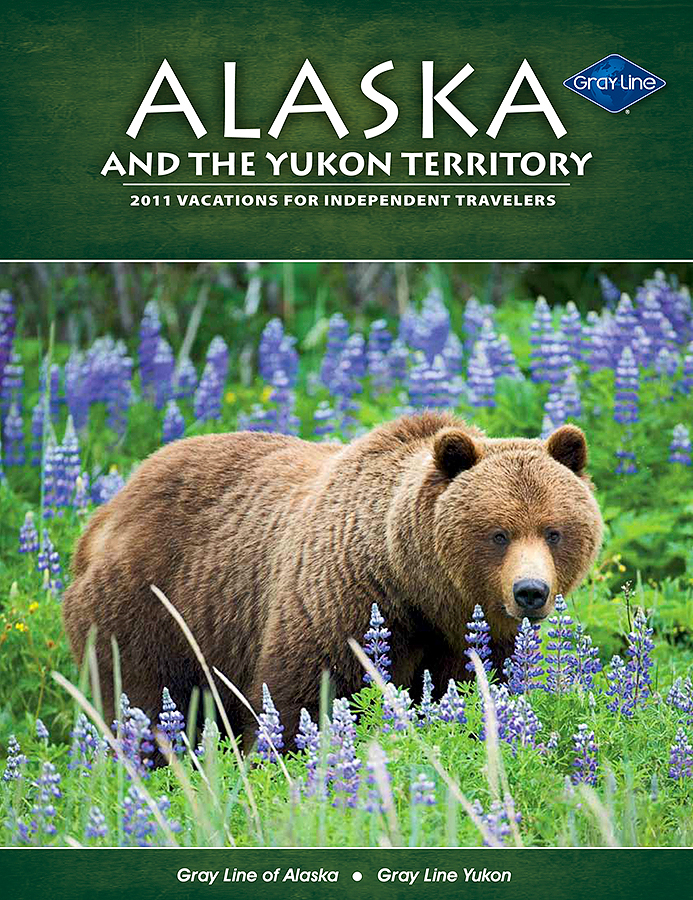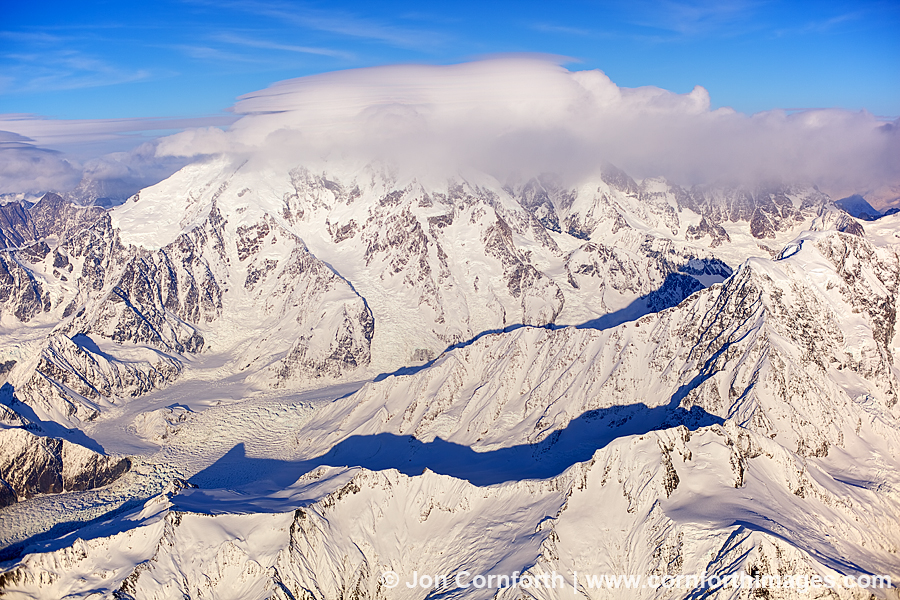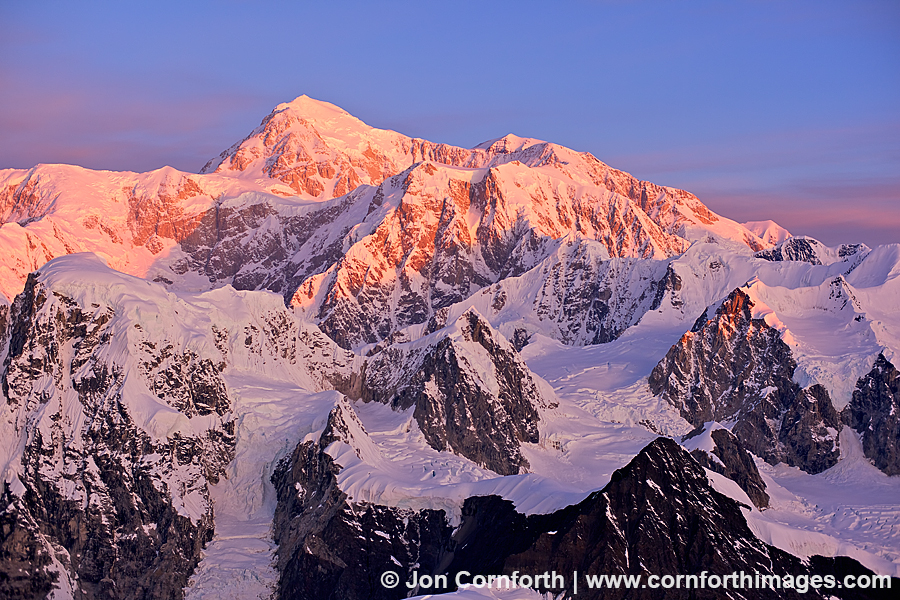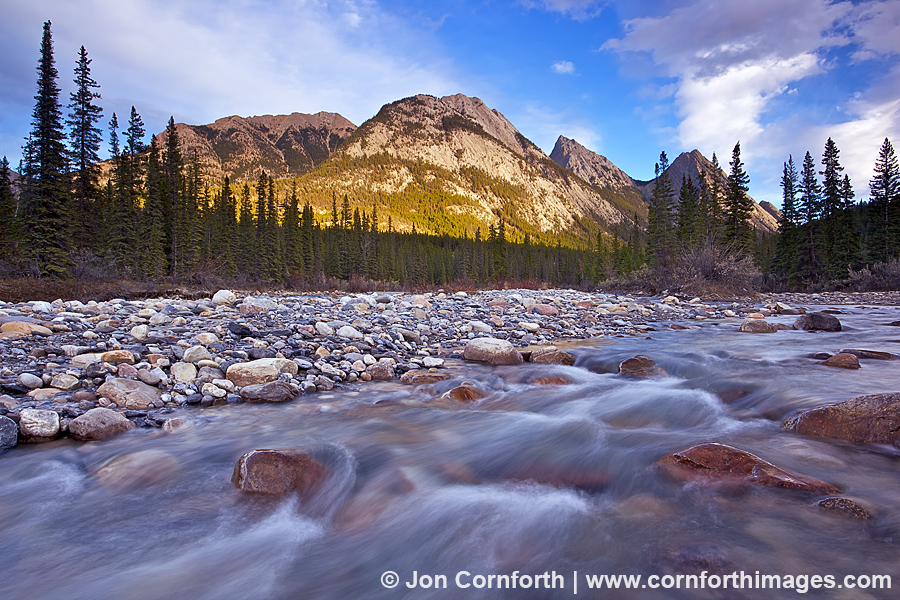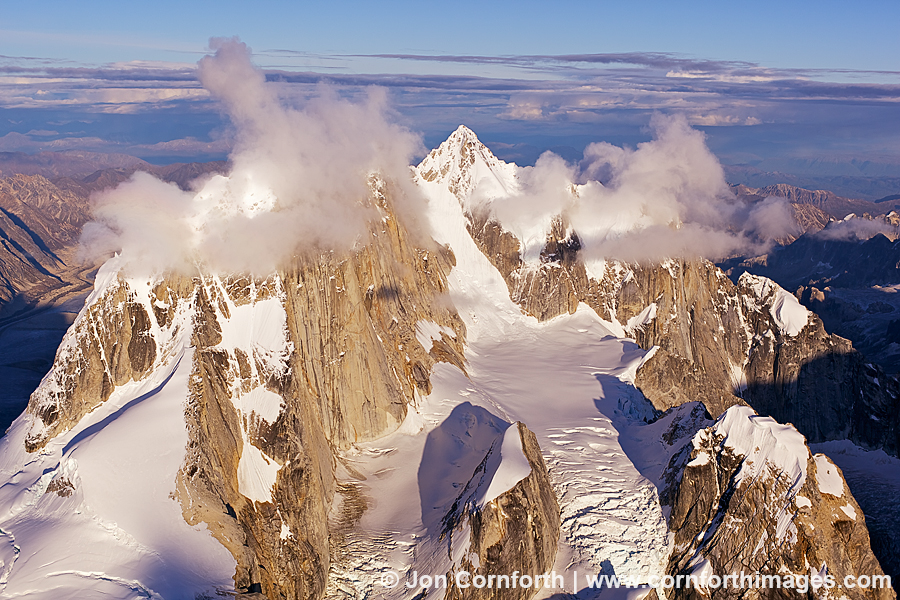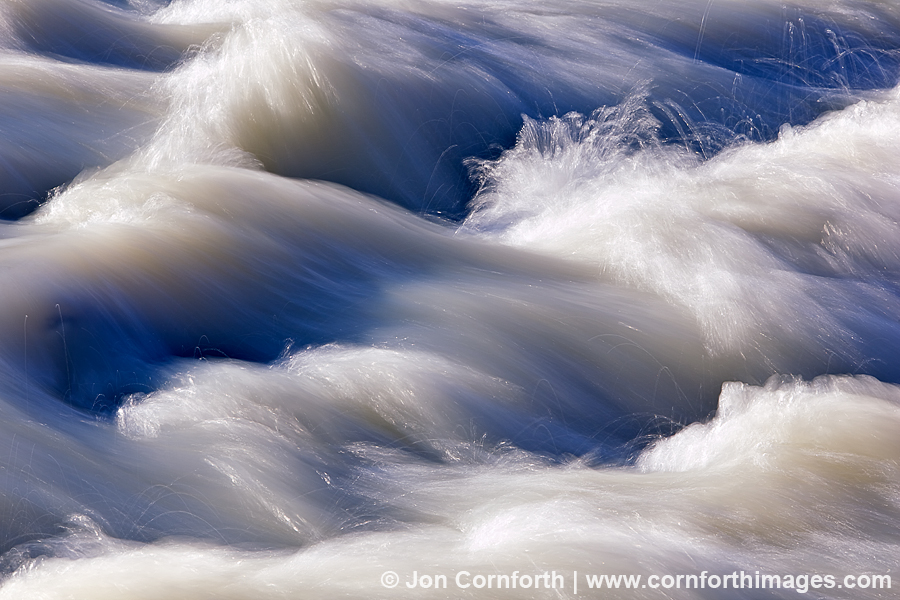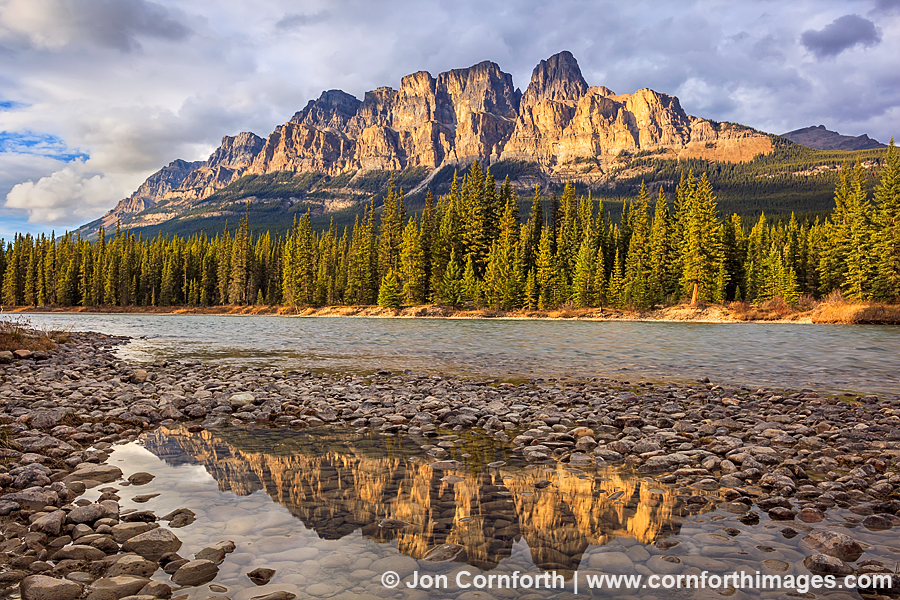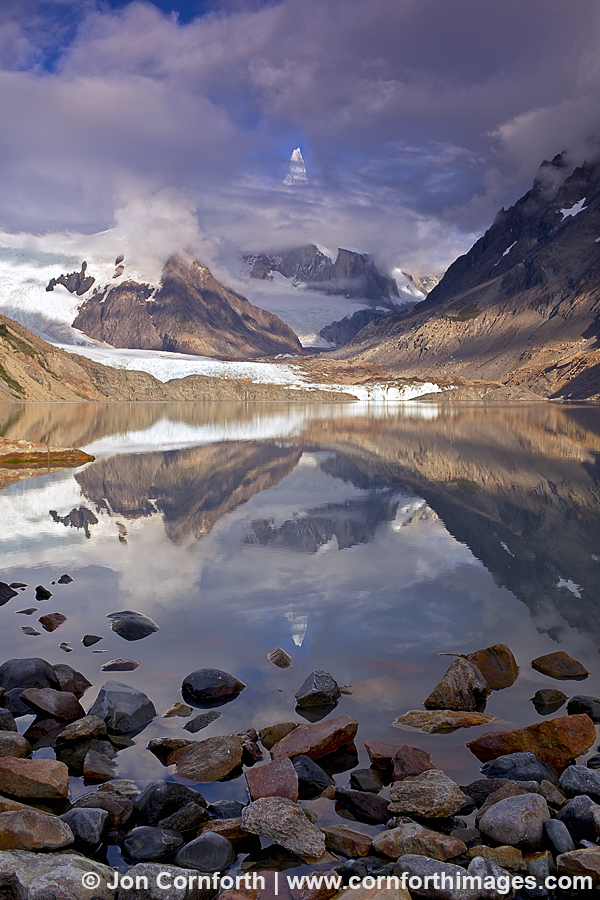
Laguna Torre Cloudy Reflection 1
Posted onEach year, the summit of Cerro Torre eludes climbers from around the world mostly due to the atrocious weather. They most often spend weeks or even months tent-bound patiently waiting for the weather to clear, but it rarely does. My own experience trying to photograph Cerro Torre has been equally challenging. Between my first visit in 2007 and 2 visits during my recent trip, I’ve spent 8 days attempting to photograph it. If I had been at the lake the day before I created this image, I might now be sharing a sunrise picture of the mountain surrounded by beautiful orange clouds and a calm reflection. However, I hesitate to say that my recent attempts were totally unsuccessful, because I created this mysterious image. Though I could not see the summit at sunrise, an hour later the clouds became thin enough to allow the summit to peak through a hole while Laguna Torre was almost a perfect reflection. This image captures the drama of the typical conditions beneath this impossible spire more so than any image that I might have originally hoped to create. I am sure I will someday return to photograph Cerro Torre during a more ideal sunrise, but do I need to? I created this image with my Canon 5DmkII, Carl Zeiss 35mm f2 ZE lens, Singh-Ray 4-stop Soft Graduated Neutral Density filter, and tripod. It required minimal processing using Aperture 3.

